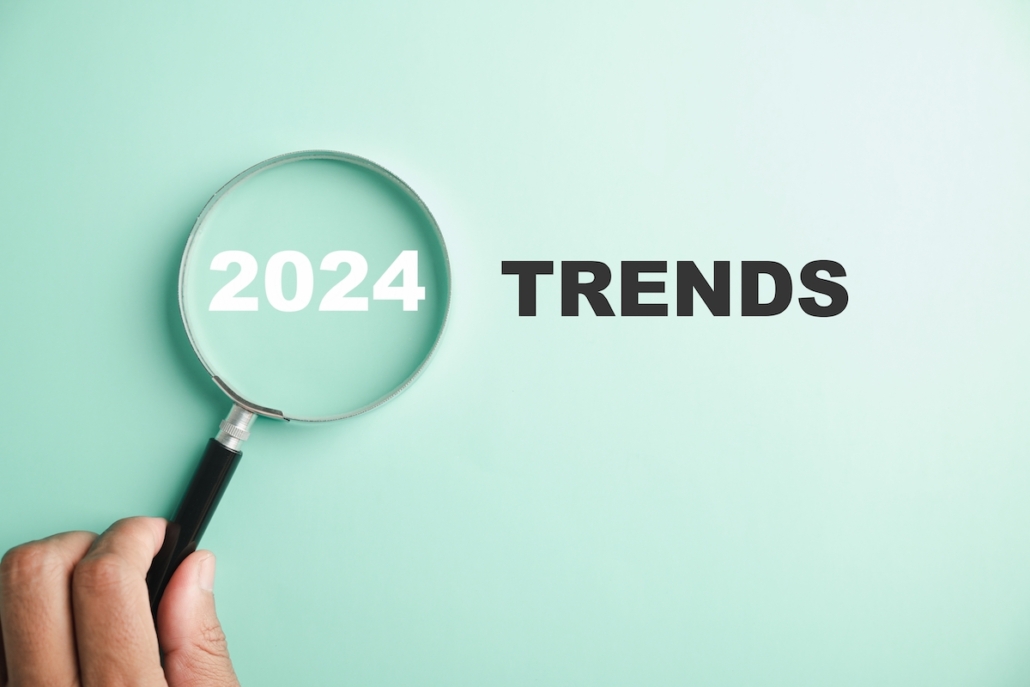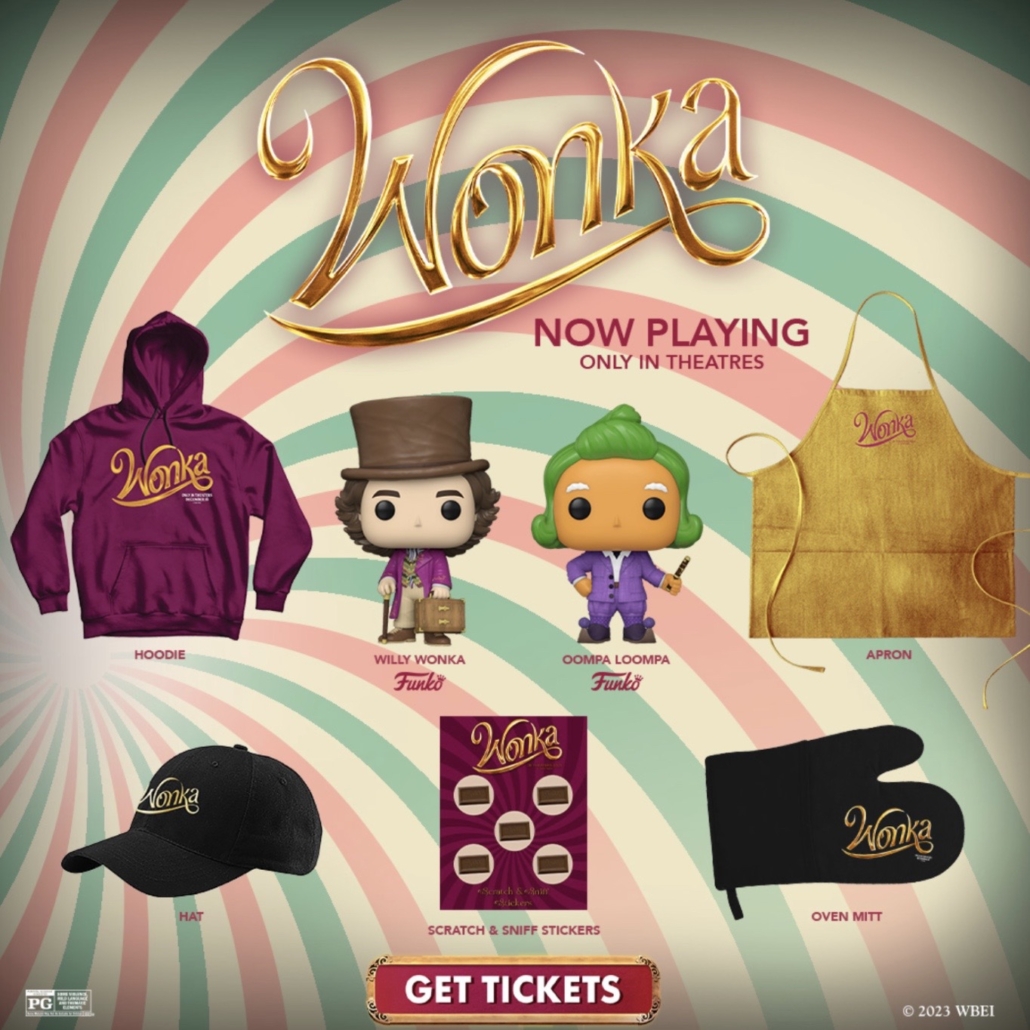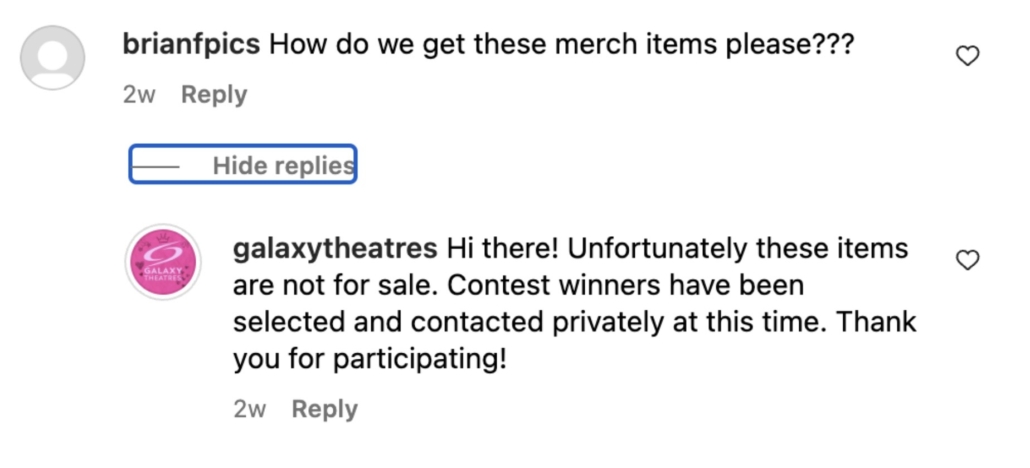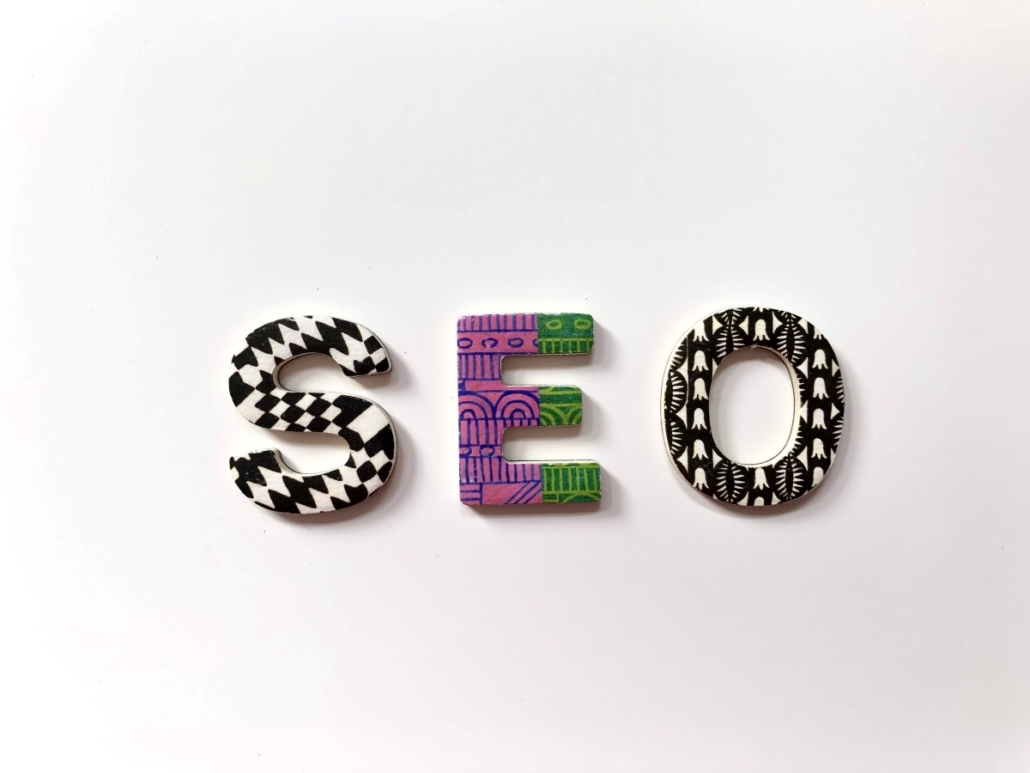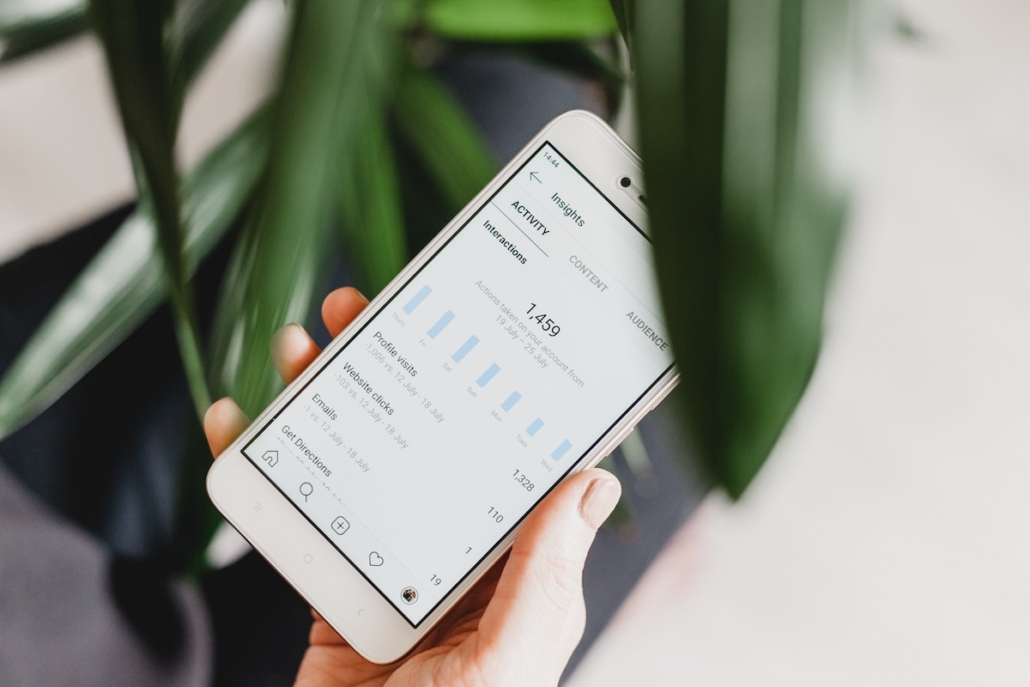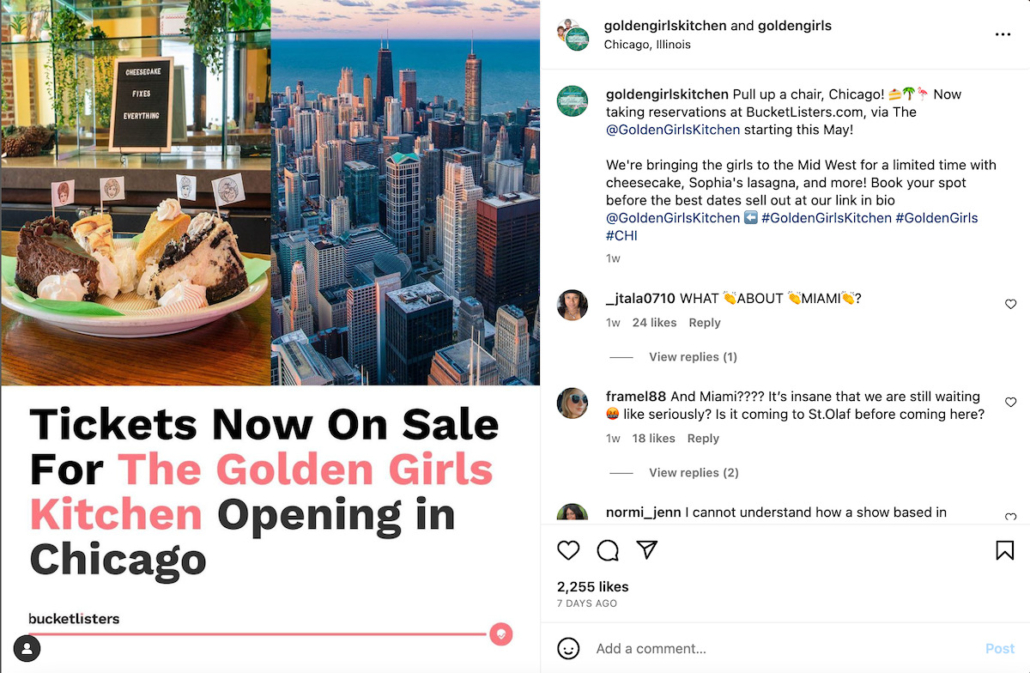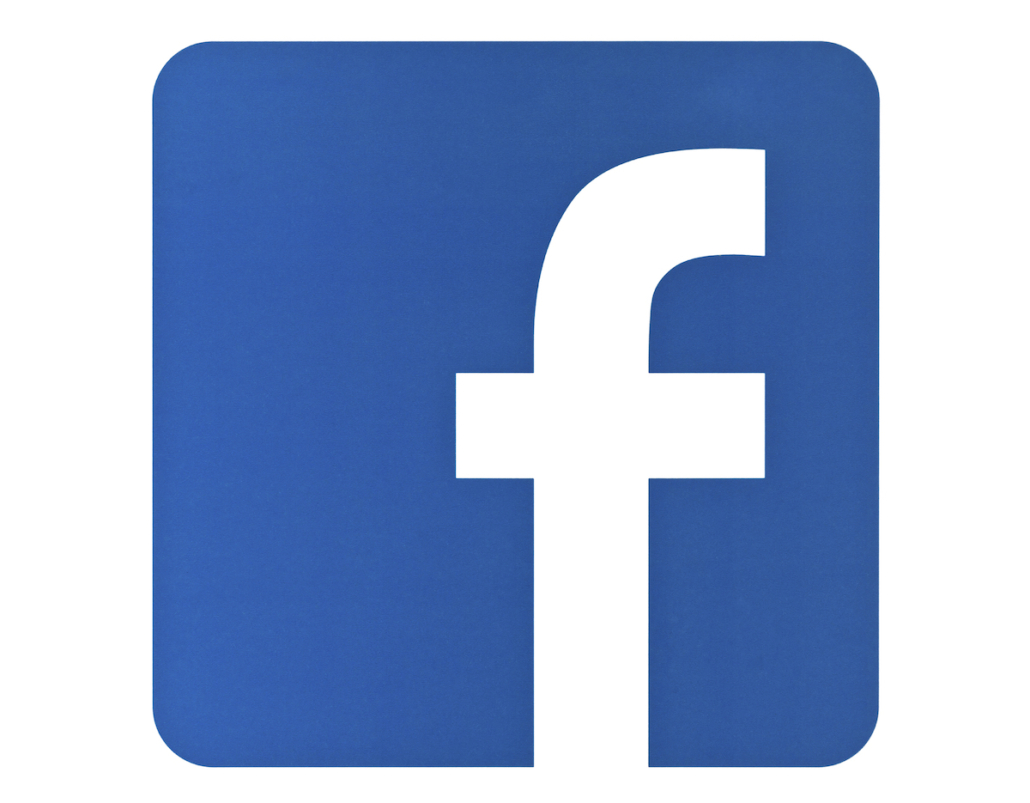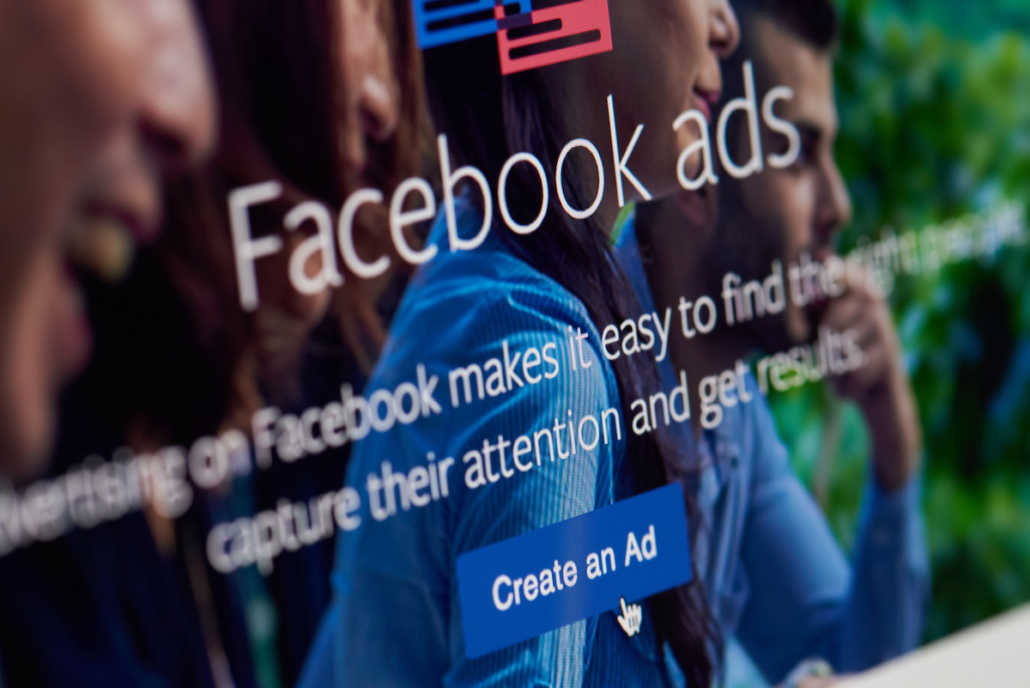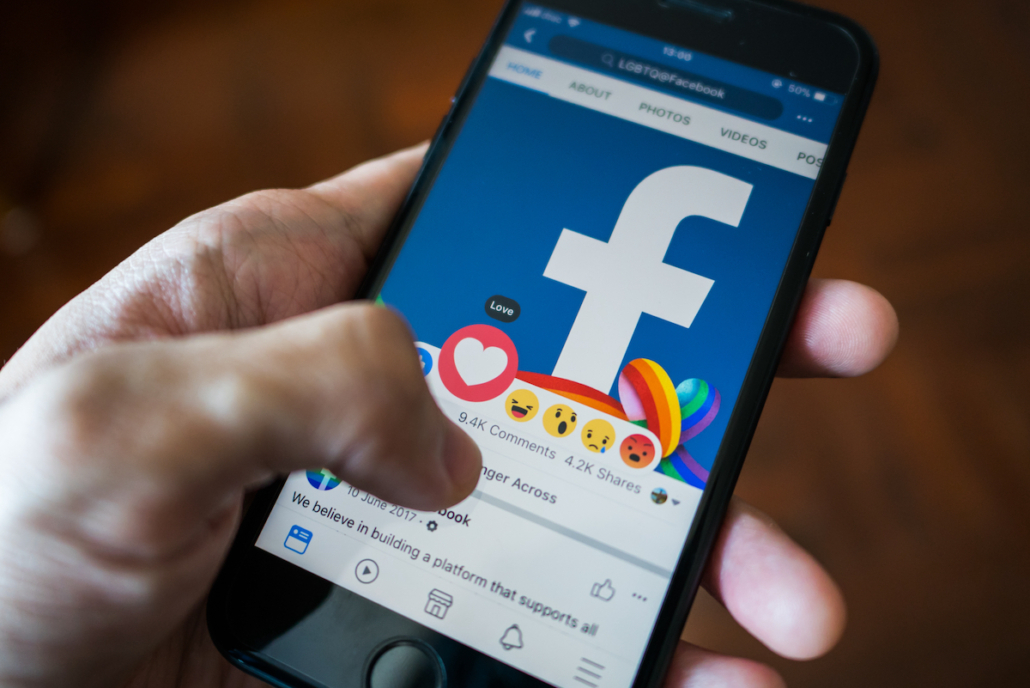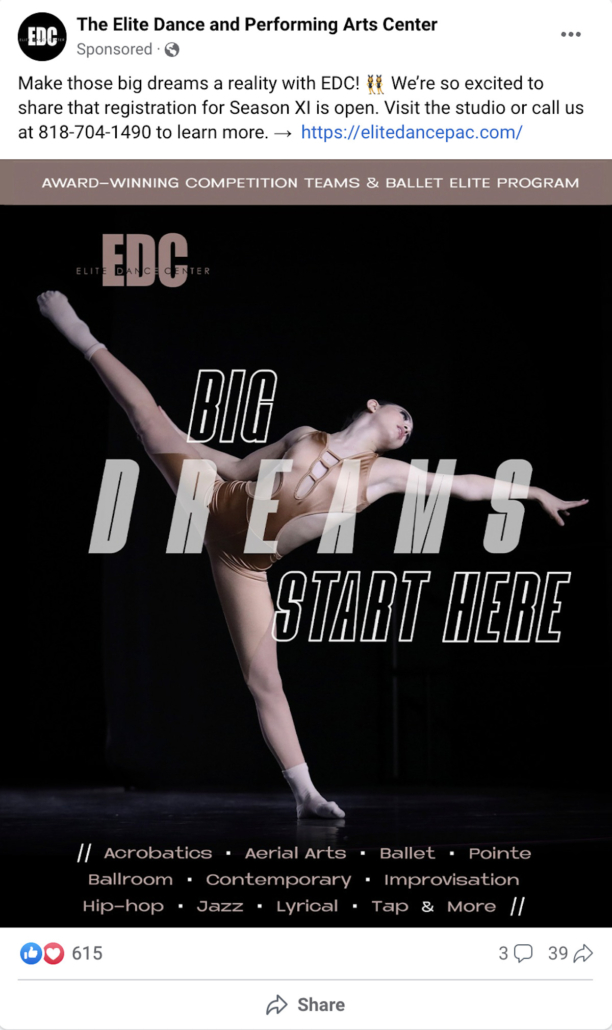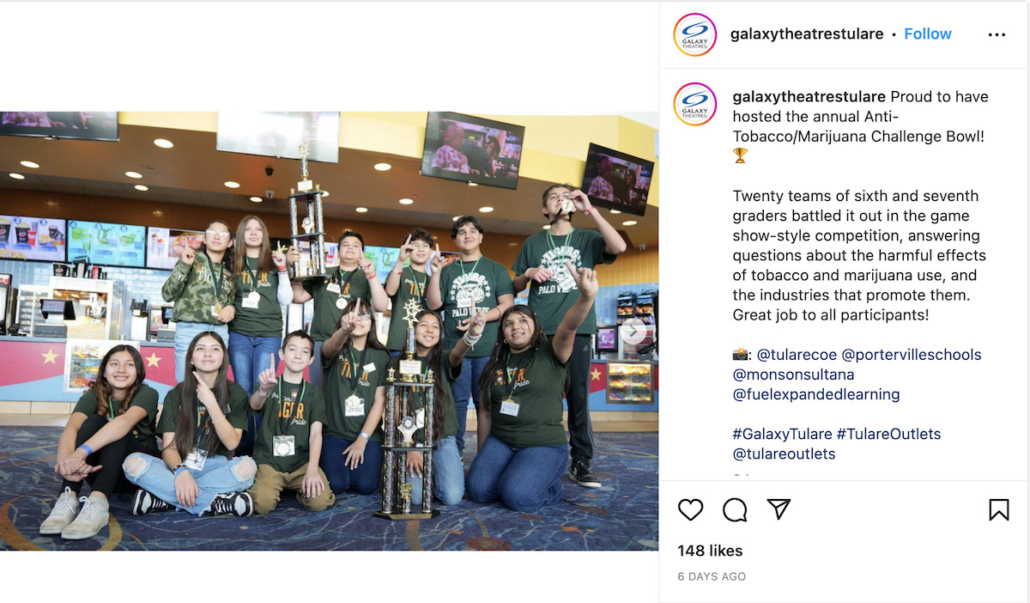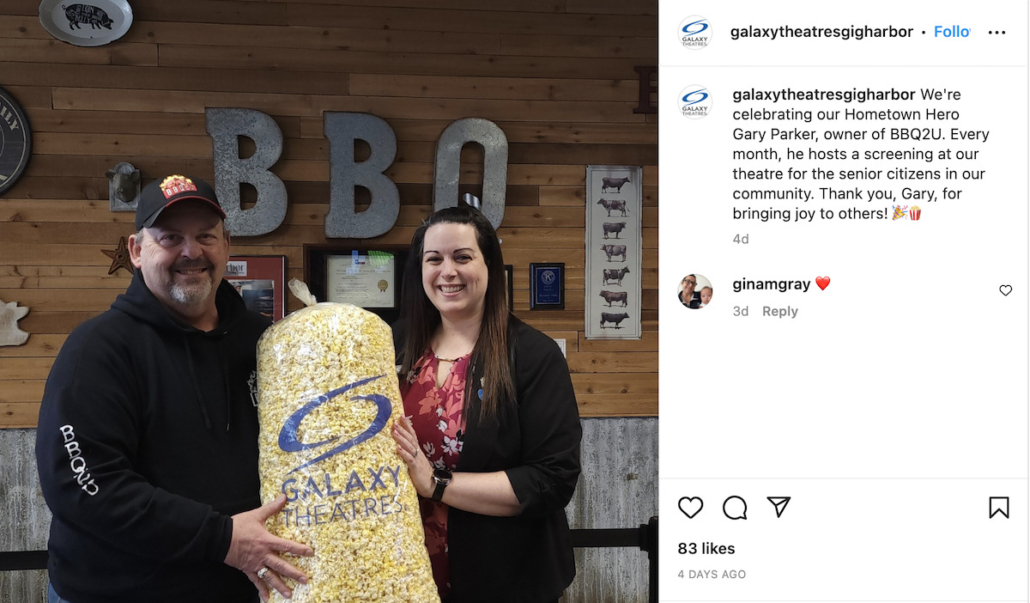The Power of Influencer Marketing
Influencer marketing has surged over the past few years. Unlike traditional celebrity endorsements, influencers bring a sense of authenticity to the brands they work with. In today’s digital age, where social media is a job for many, genuine and real-life content is what resonates deeply with audiences. Followers put complete trust in their favorite influencers. As a result, influencer partnerships have become a highly effective way to boost brand visibility, drive sales, and strengthen customer loyalty. Learn how these collaborations can elevate your social media campaigns.
Demographics
When partnering with influencers, you must consider their online audience and demographic. Influencers strive to be as authentic as possible and align with the personal brand they’ve created for themselves; this means they are unlikely to collaborate if your brand or product doesn’t resonate with their beliefs or feels inconsistent with their usual content. Their followers are the first to notice and criticize anything that seems inauthentic or driven by monetary gain rather than a genuine likeness for the product.
The top goal of every influencer marketing campaign is to reach new audiences. 51% of marketers revealed influencer marketing helped their businesses win over better customers. Choosing the right partnerships and researching the right influencer for your marketing campaign will set you up for success in finding new customers.

Micro vs macro-influencers
Social media influencers can be found on every platform, from YouTube to Instagram to TikTok. Their followings range, yet they still carry weight on social media. Knowing the different types of influencers and their advantages and drawbacks will help you set up your campaign for the best results.

Micro-influencers have follower counts ranging from 10,000 to 100,000. Their smaller audiences create a more specialized platform and content type. They are also more affordable to collaborate with than big-name influencers, making it an attractive option for brands new to influencer marketing. Engagement rates for micro-influencers tend to be higher; they are more interactive with their followers and focus on more niche subjects and content types. Due to the affordability and smaller, focused audiences, micro-influencers are more likely to be open to forming long-term brand partnerships. As their follower count grows, so does the potential for increased brand loyalty.
Macro-influencers have 100,000 to 1 million+ followers. Their sheer number of followers allows extensive reach but can be costly, depending on your budget. Macro-influencers often work with a larger team to create more professional content and maximize brand exposure to diverse audiences. Sometimes, there is a slightly lower engagement rate from macro-influencers, as they maximize reach on a larger scale and might not be as centralized with their content type in comparison to micro-influencers.
Content control vs creative freedom
Brands and influencers should work together. Ultimately, you are helping each other out. Having clear goals and expectations on both sides is essential to the campaign’s success. Stay in close communication with your influencers to ensure they represent your brand and products in a way that stays true to your brand’s values and identity.
Allowing influencers creative freedom is essential for these partnerships to work. Brands might have a vision for the type of video they want an influencer to make, but allowing influencers the flexibility to interpret those guidelines will lead to a more impactful campaign. It takes a lot of work to create a social media trend. Instead, it would help to trust your influencers to continue riding the wave of what’s already trending online to boost your brand’s sales and visibility. You’re speaking to the audience they know best. Influencers have their own style and content approach, and staying true to that will make the collaboration feel more authentic and ultimately more effective.

Examples
Bloom Nutrition is a health and supplements brand most known for its greens and superfoods powder. They have a solid social media presence, especially on TikTok. You can’t go more than ten scrolls on your “for you page” or through a health and fitness profile without seeing Bloom in some capacity. Whether it is product placement in a video, a taste test of new flavors, or a day in the life vlog, Bloom is likely to appear. They are a prime example of using influencer marketing to boost brand awareness. They work with micro and macro influencers to place their product at the forefront of users’ scrolling on TikTok. Even if you aren’t making a purchase, chances are you are aware of the brand or have clicked to explore it some more. They have partnered with influencers, including Alix Earle, Julia Hatch, and Michellebellexo.

Another great example of influencer marketing success is the 2020 Charli D’amelio x Dunkin’ Donuts collaboration. As Charli D’amelio rose to stardom across social media platforms, she was seen promoting Dunkin’ Donuts as her favorite place for a quick pick-me-up. Eventually, the drink she sipped on became “The Charli” on the menu, boosting sales by 20% the day Dunkin’ released the drink and 45% the following. From this incredible success, they went on to make new drinks and merchandise, and even a “Charli x Dunkin’” contest where winners would have the opportunity to meet Charli and learn the ins and outs of viral content creation.
Influencer marketing has become a resource for brands to connect audiences and drive engagement. By partnering with influencers aligning with your demographics and values, you can create a successful and effective campaign to reach new audiences and foster brand
loyalty.
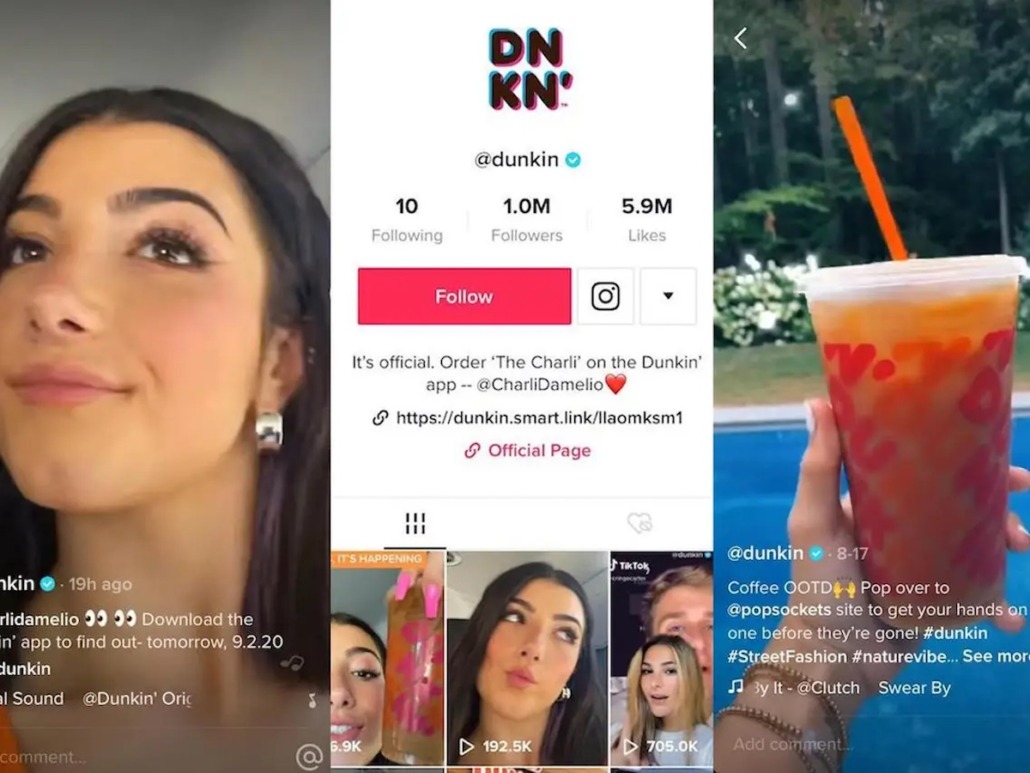
Bright Age
Working with a social media agency like Bright Age can help your brand maximize the power of influencer marketing. At Bright Age, you gain access to a dedicated team committed to leveraging the potential of influencer marketing to boost your brand’s presence. Let us help you craft tailored campaigns that drive results and elevate your social media strategy!





